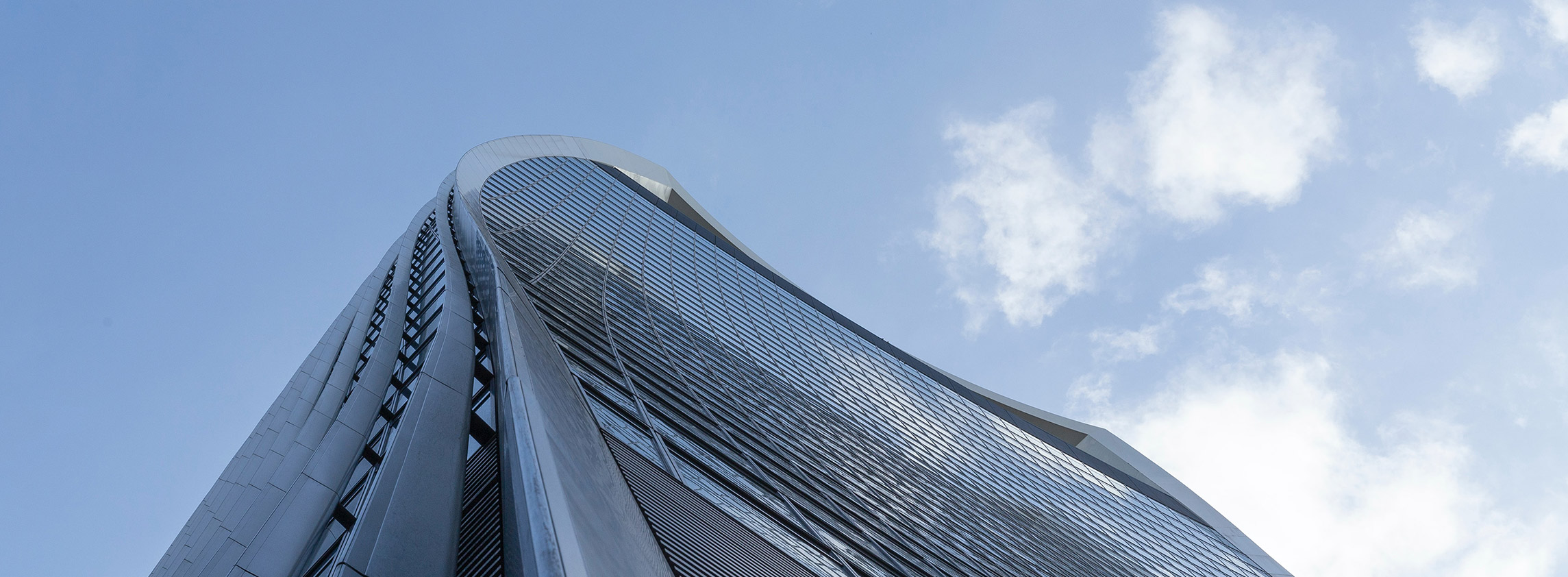Vaccine news offers hope for the UK economy
The average prime yield across all sectors remained broadly stable this month. However, Industrial distribution and Retail Warehousing (restricted) were the sectors of choice in November, with both sectors moving in by 25bps to 3.75% and 6.50% respectively. Although investment volumes were subdued for much of 2020, encouragingly, £10.6bn was invested into UK commercial property in September, October, and November, which was a 69% rise on the preceding three-month period.
The alternatives/mixed sector, principally student accommodation and PRS, has taken the crown for the highest level of deal activity in 2020 with 535 deals, which was followed by the industrial sector where 477 transactions have been recorded. The number of industrial deals recorded from September to November totalled 160 which was a 37% increase from the three months prior, which was the highest increase in this time period when compared to the other asset classes.
The vaccine news has brought some Christmas cheer, with hope that the news will deliver a quick boost of confidence to the economy. The effective rollout of a Covid-19 vaccine would likely inject £41bn into London’s economy and save tens of thousands of jobs. Under a ‘best-case scenario’, a rollout would see office workers return to their desks for four days a week, generating an extra £41bn for the economy, according to a study by Arup.
The link between sustainability and growth
Even before the pandemic struck, sustainability was rising up the agendas of developers. More sustainable buildings often generate lower long-term operational costs, attract higher rents and occupancy rates, and tend to see quicker lease-up times and an increase in capital value.
Occupiers are increasingly demonstrating that they’ll only pay premium rents for buildings with notable environmental certifications. Taking Manchester as an example, our research shows that more than 90% of offices with a rent within the top 10 for that city achieved a BREEAM rating of at least ‘Very Good’ or above.
Landmark, a Grade A scheme in Manchester’s premier business district, is let at the city’s current top rent of £36.50 and boasts a BREEAM rating of ‘Excellent’ and an EPC rating of A. In addition to this, the building includes many sustainable features such as electric car charging points and solar panels, and was constructed using sustainably sourced timber.
But it’s not just in Manchester where we’re seeing premium rents being charged for the most sustainable offices – this trend is very much reflected nationwide.
Aurora in Bristol, which quotes the city’s top rent of £37.50, has achieved a BREEAM ‘Outstanding’ certification and its features include the likes of intelligent LED lighting that automatically respond to daylight and the movement of people in the building.
North of the border, 177 Bothwell Street in Glasgow is currently under construction with the façade predominantly being made from recyclable glass and aluminium, boosting thermal and environmental performance and enhancing natural daylight in the office. The quoting rent at the scheme is £32.50, again the top rent for the city.
The prime office yields for major European office markets and key UK regional city markets are highlighted in the chart below.
The UK regional city markets are discounted when compared to every other major European market apart from Bucharest. This is the only European market where the prime yield is above 5% whereas in the UK only Edinburgh is below that level. The average prime office yield across the selected European markets is 3.50% which represents a 150 basis point premium when compared to the UK regional office prime office yield. This yield gap has helped attract overseas investors to the regional office market in recent years with the purchaser type accounting for the highest proportion of capital invested into the market in three of the last four years.
